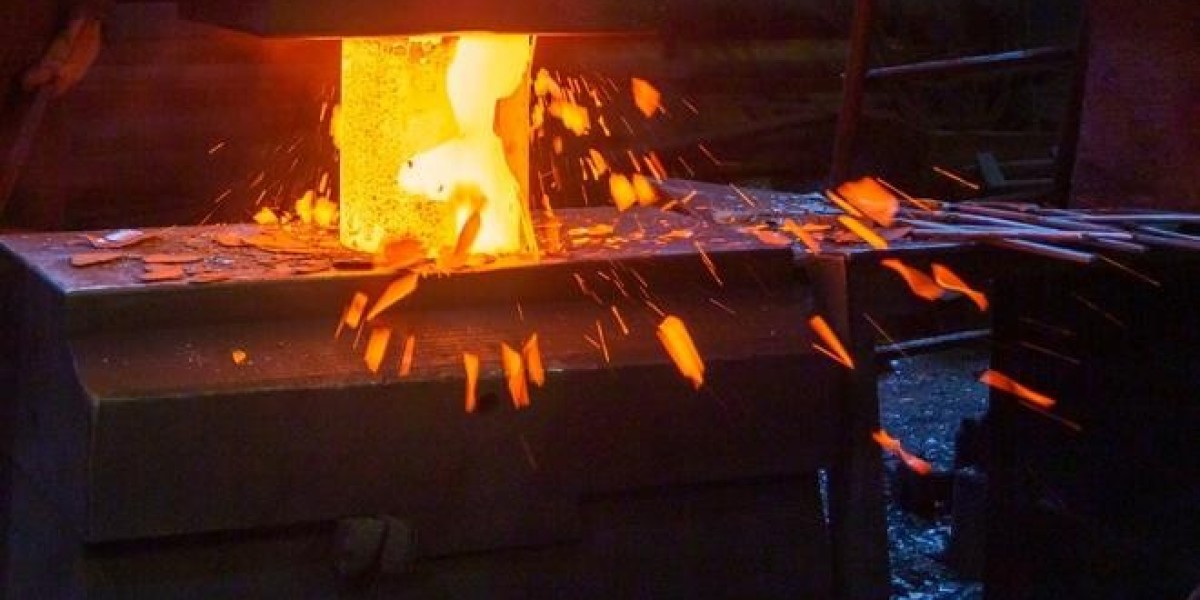Casting iron at home can be a rewarding and adventurous endeavor, allowing you to create custom pieces with a unique touch. Whether you're a seasoned blacksmith or a novice looking to delve into the world of metalworking, this guide will walk you through the intricate process of casting iron. From setting up your own foundry to mastering the art of molten metal manipulation, this comprehensive guide has you covered.
Setting Up Your Foundry: To embark on your iron-casting journey, begin by creating a functional foundry. Start with a sturdy frame to support the structure, using materials like bricks and refractory cement to insulate the interior. Within this enclosure, construct a fire-resistant lining using materials such as firebricks, ensuring durability and longevity.
Choosing the Right Furnace: Selecting an appropriate furnace is crucial for successful iron casting. A cupola furnace, commonly used for melting iron, is a vertical cylindrical structure that efficiently produces high temperatures. Alternatively, a propane-fueled furnace provides a more accessible and manageable option for beginners. Whichever you choose, prioritize safety measures, such as proper ventilation and protective gear.
Preparing the Mold: Creating a mold is a crucial step in the casting process. Utilize high-quality casting sand to ensure the mold's integrity. Sculpt the desired shape into the sand, and carefully remove any excess material to achieve a precise form. Once satisfied, create a gating system to allow molten iron to flow smoothly into the mold.
Melting and Pouring Iron: Achieving the correct temperature for your molten iron is paramount. Use a combination of coke, charcoal, or propane to fuel the furnace, gradually increasing the heat until the iron reaches its melting point. Employ caution and adhere to safety protocols during this process. Once molten, carefully pour the iron into the prepared mold, ensuring a steady and controlled flow for optimal results.
Cooling and Finishing: Allow the cast iron to cool naturally within the mold to avoid cracks and imperfections. Once cooled, carefully remove the casting from the mold and clean any excess material. Use grinding tools to refine the final shape and achieve the desired finish. Finish the piece by applying a protective coating or seasoning to enhance durability and aesthetics.
Conclusion: Embarking on the journey of casting iron at home requires patience, dedication, and a commitment to safety. By following this comprehensive guide, you'll be well-equipped to forge your own path in the world of iron casting, creating unique and personalized pieces that showcase your skills and creativity.








